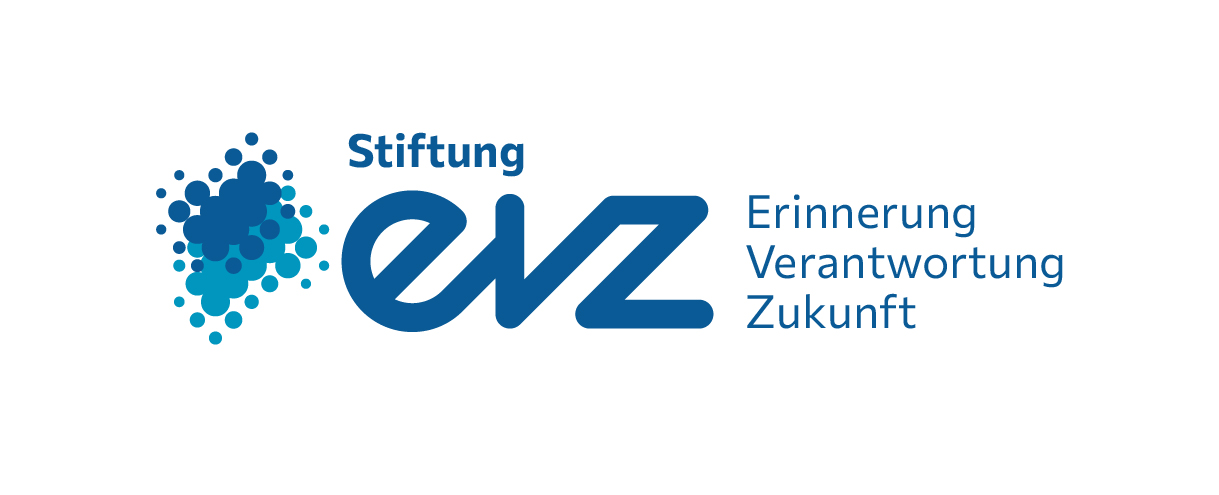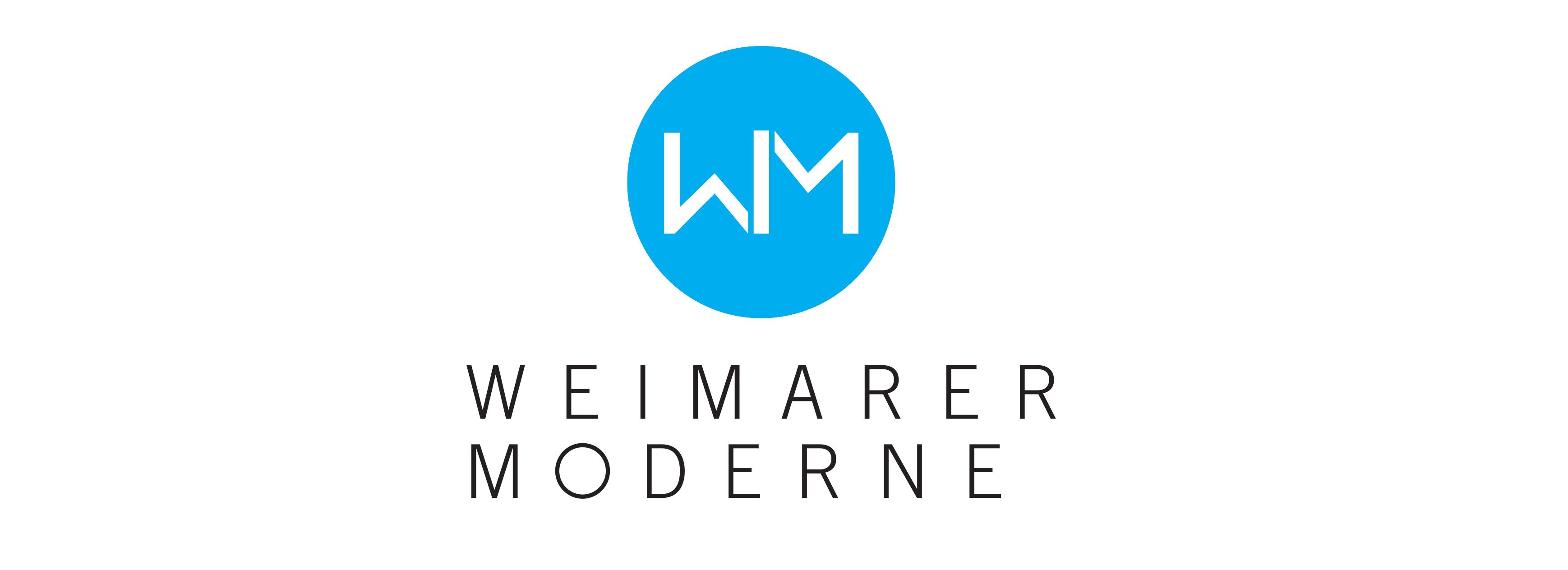

In contrast to their view of the Jews, the National Socialists considered the "Aryan" political prisoners to be members of the German people. Forced labor was intended to serve as a means of breaking their resistance.
In the summer of 1933, the Prussian interior ministry had three concentration camps built near the Dutch border. They were used primarily for the imprisonment of political opponents and also for Jehovah's Witnesses and later for so-called "asocials.". Beginning in 1934, several additional camps for justice system convicts were established. The inmates had to perform forced labor for the drainage of the moors. The work was intended as a means of demoralization. The lack of technical equipment was deliberate.
The guard units consisted primarily of SA and SS men. Mistreatment and murder were the order of the day. Nazi propaganda played down this terror by dubbing it "education through work."
The Emsland camps were part of an expanding camp system, which gradually spread across the entire German Reich.


→ “ARBEIT MACHT FREI”
The concentration camps were instruments of terror. Over time they also increasingly took on an economic function. After 1936–37, the SS began to exploit the labor of prisoners in SS-owned enterprises, particularly quarries and brickworks. The inscription "Arbeit macht frei" (“Work will make you free”) on the gates of the Dachau, Sachsenhausen, and Flossenbürg concentration camps alluded to the idea of re-education through work. In reality, the slogan was above all intended to mock the prisoners. The slogan was also used in the later concentration camps.



